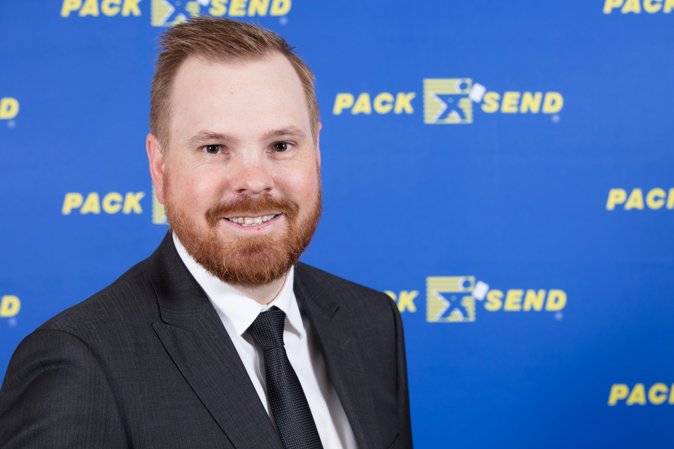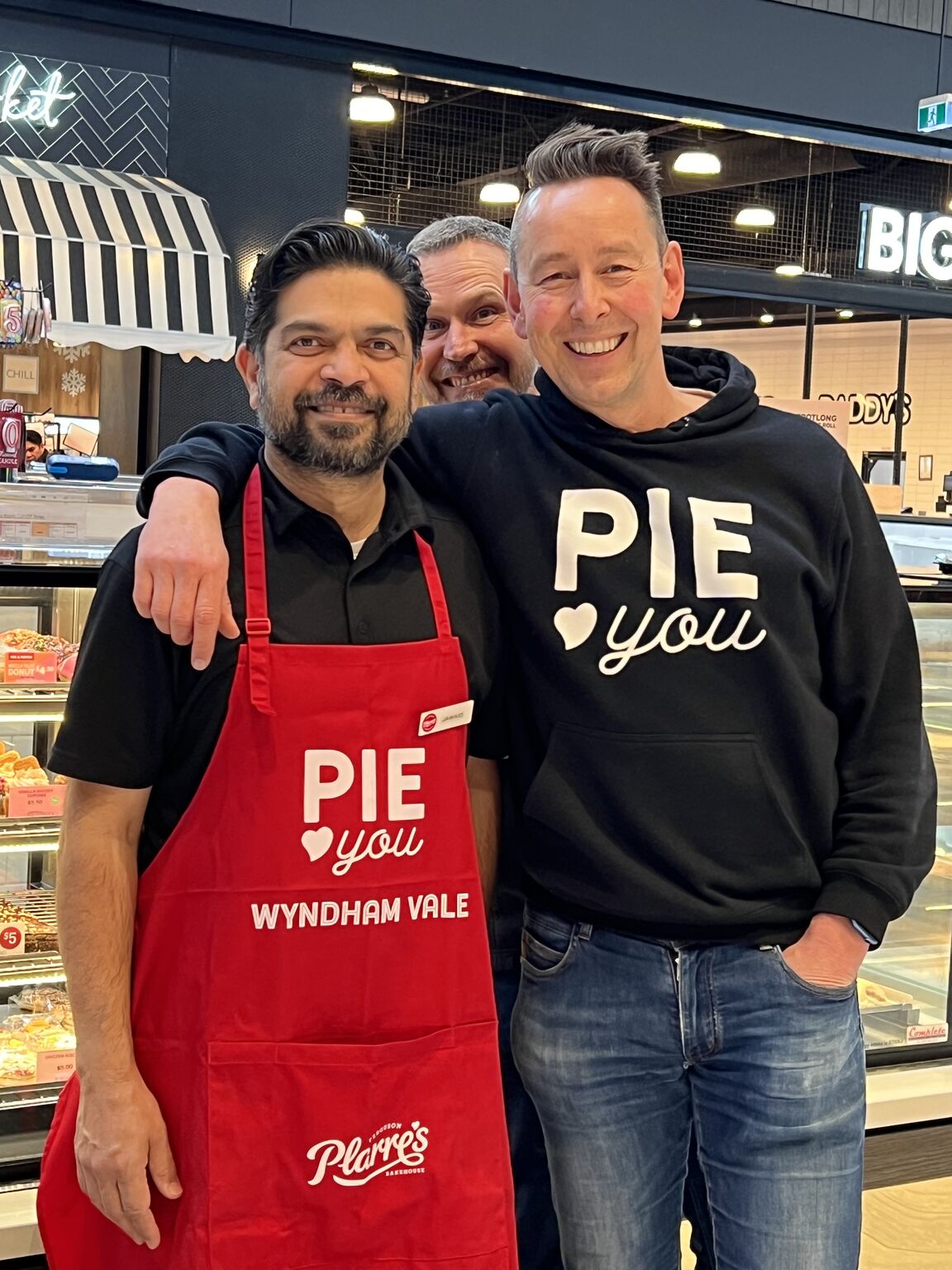Pack & Send adds to its named promise
By Leon Gettler, Talking Business >>
THE GLOBAL packaging industry has become so important and there are so many trends ahead.
One Australian company has already carved out a global reputation. With its headquarters in Sydney, it also has operations in the United Kingdom and New Zealand.
The business, Pack & Send, started 30 years ago as a single outlet in Paramatta. Pack & Send’s country manager Nicholas Woodward joined the business in 2005. His job is to run the now diverse business in Australia, the UK and New Zealand.
The Pack & Send business is run globally as a franchise operation.
Mr Woodward said the industry has been going through “so many changes”.
“The parcel volume is expected to double,” Mr Woodward told Talking Business. 
“So if you think about the sheer volume of parcels being moved around the globe. That will continue to be sustained long into the future.”
Key issues for the packaging industry
Mr Woodward said the future of the packaging industry would come down to several key areas.
“I would say sustainability is a big one for the sector, if you think about the usage of trucks, depots and aircraft and so on,” Mr Woodward said. “The sector needs to ensure we have a sustainable future and we are doing our part.
“Also from a packaging perspective, ensuring there is full sustainability of packaging materials used and of course, electric vehicles is a big one.
“Also in addition to that, the use of AI (artificial intelligence) is an emerging trend within the sector. AI for the industry is more about predictive modelling and demand forecasting, to ensure there is the right density of vehicles and trucks to ensure that the delivery time lines are met.
“It’s crunching the data of previous experiences and trends and peak seasons and really utilising AI tech to determine how many drivers are required to handle the volumes and how many trucks are required.”
Due diligence and diversification
Mr Woodward said one of the big changes to the industry is the amount of due diligence Pack & Send’s franchise partners must do on the business.
Another trend is the number of franchisees who start as an owner operator and who then buy another franchise or expand into a new area under the same brand.
“We now have franchise partners who have three or four outlets under the same brand so that they can really maximise their investment and the synergies of owning more than one business,” Mr Woodward said.
“Some of our franchise partners at Pack & Send might have a retail service centre and then they might in a new area open a logistics facility so that they can handle bulkier goods or provide fulfilment solutions for their customers.”
Mr Woodward said Pack & Send now has a number of options for growth.
“One of our biggest growth areas is in the e-commerce, third party logistics area, providing customers with an e-commerce shipping platform,” he said.
“That enables online retailers to handle their shipping through our technology and, if required, utilising our locations as fulfilment centres as well. 
“We see that as a big growth area for our business – us providing the end-to-end fulfilment solution for retailers so we can organise to bring their containers of stock in, store the stock across our network and then organise the pick, the pack and the last mile of delivery to ensure the retailer’s customers, the receiver, gets a superior customer experience.”
Hear the complete interview and catch up with other topical business news on Leon Gettler’s Talking Business podcast, released every Friday at www.acast.com/talkingbusiness
https://shows.acast.com/talkingbusiness/episodes/talking-business-29-interview-with-nicholas-woodward-from-pa
ends

 How to resolve AdBlock issue?
How to resolve AdBlock issue? 









